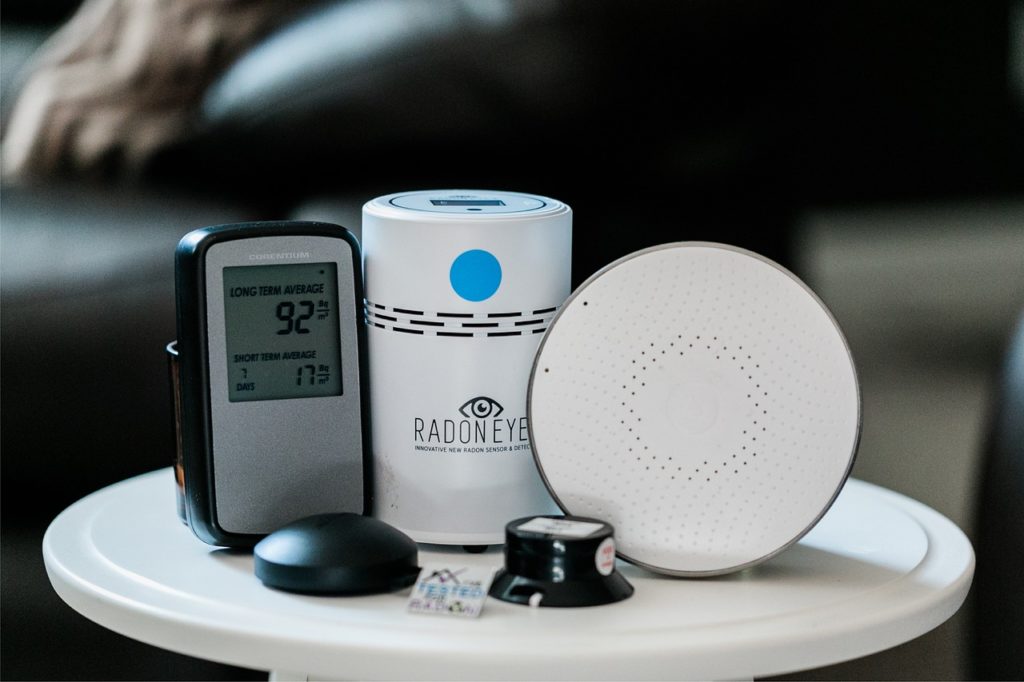Indoor air quality (IAQ) is an important factor to consider when deciding on the overall comfort and health of your home. With today’s modern construction materials, sealed spaces, and energy-efficient windows and doors, indoor air can become stagnant and contain higher levels of pollutants than outdoor air. Poor IAQ can cause a variety of health issues and irritations, such as headaches, fatigue, sneezing and coughing. Fortunately, there are several factors that you can consider to help improve indoor air quality in your home. In this blog post, we will take a look at the six most important factors to consider when assessing your home’s indoor air quality. We will also discuss ways to reduce indoor air pollution and how to choose the best air purifier for your home. So, if you’re looking to improve your home’s IAQ, keep reading!
1. Ventilation
Adequate ventilation helps remove pollutants from the air, increase the level of oxygen, and provide fresh air into a room. To get the most out of your ventilation system, be sure to use a filter that is designed for your specific space; this will help reduce indoor air pollution from dust and other particulates. Additionally, make sure to regularly change or clean the filters in order to prevent build up of contaminants. You can also do your research on air conditioning systems for the home and purchase one that has an energy efficiency rating (EER) of 11.0 or higher. Furthermore, opening the windows and doors on a regular basis when it’s not too hot or cold can help naturally ventilate your home. It’s also important to make sure all exhaust fans are working properly and vented directly outside, as these can help remove contaminants from the air. This way, you can be sure your home is getting the fresh air it needs!
2. Consider Humidity Levels
Humidity levels in a home can have a major effect on IAQ. High humidity in the home can create an environment that is conducive to mold, mildew and other allergens. On the other hand, low humidity levels can cause dry skin, irritation of the respiratory tract and even nosebleeds. To maintain optimal indoor air quality, you should aim for a relative humidity level of between 30-50%. Use a hygrometer to monitor your home’s humidity levels and consider installing a dehumidifier or humidifier if necessary.
3. Clean Air Furnace Filters Regularly
Over time, your furnace filters can become clogged with dust and dirt particles from everyday activities such as cooking and vacuuming. If not changed regularly, the filters can become saturated and cause pollutants to be released into the air. To ensure your furnace filter is doing its job properly, make sure you change it every few months (or as recommended by the manufacturer)
4. Regularly Clean Home Air Vents
Air vents are often forgotten about when it comes to IAQ maintenance. However, they are a key component in keeping indoor air clean since they help move air throughout the home. Make sure to clean your home air vents regularly with a vacuum cleaner or cleaning brush attachment, and use special attention on any wall or ceiling registers that may have accumulated dust over time. This will help keep the air in your home free of contaminants!
5. Use Natural Cleaning Products

When it comes to keeping your home air clean, look for natural products that are not toxic. There are a wide variety of eco-friendly cleaning products available on the market which can be just as effective as traditional cleaners. Additionally, you can make your own all-natural cleaners using ingredients such as baking soda and vinegar. These ingredients are much less toxic than conventional cleaners and can help improve the overall IAQ of your home
6. Invest in an Air Purifier
Finally, investing in an air purifier is one of the best ways to ensure your home has good indoor air quality (IAQ). Air purifiers come with a range of features that can help reduce odors, allergens, dust particles and other pollutants from the air. Look for one that has a high CADR (Clean Air Delivery Rate) rating and be sure to change the filters regularly in order to keep your purifier working optimally. When choosing an air purifier, it’s important to consider size and features. Depending on the size of your room, you’ll need a purifier that has enough power to filter all the airborne pollutants in the area. Also, think about the features you want, such as washable filters or built-in air quality monitors. So, do your research and find the best air purifier for your home.
Improving your home’s indoor air quality doesn’t have to be difficult or expensive. With some simple steps, you can create an environment with clean, healthy air that you and your family can enjoy!
The 6 Major Benefits of Changing the Air Filter >>
